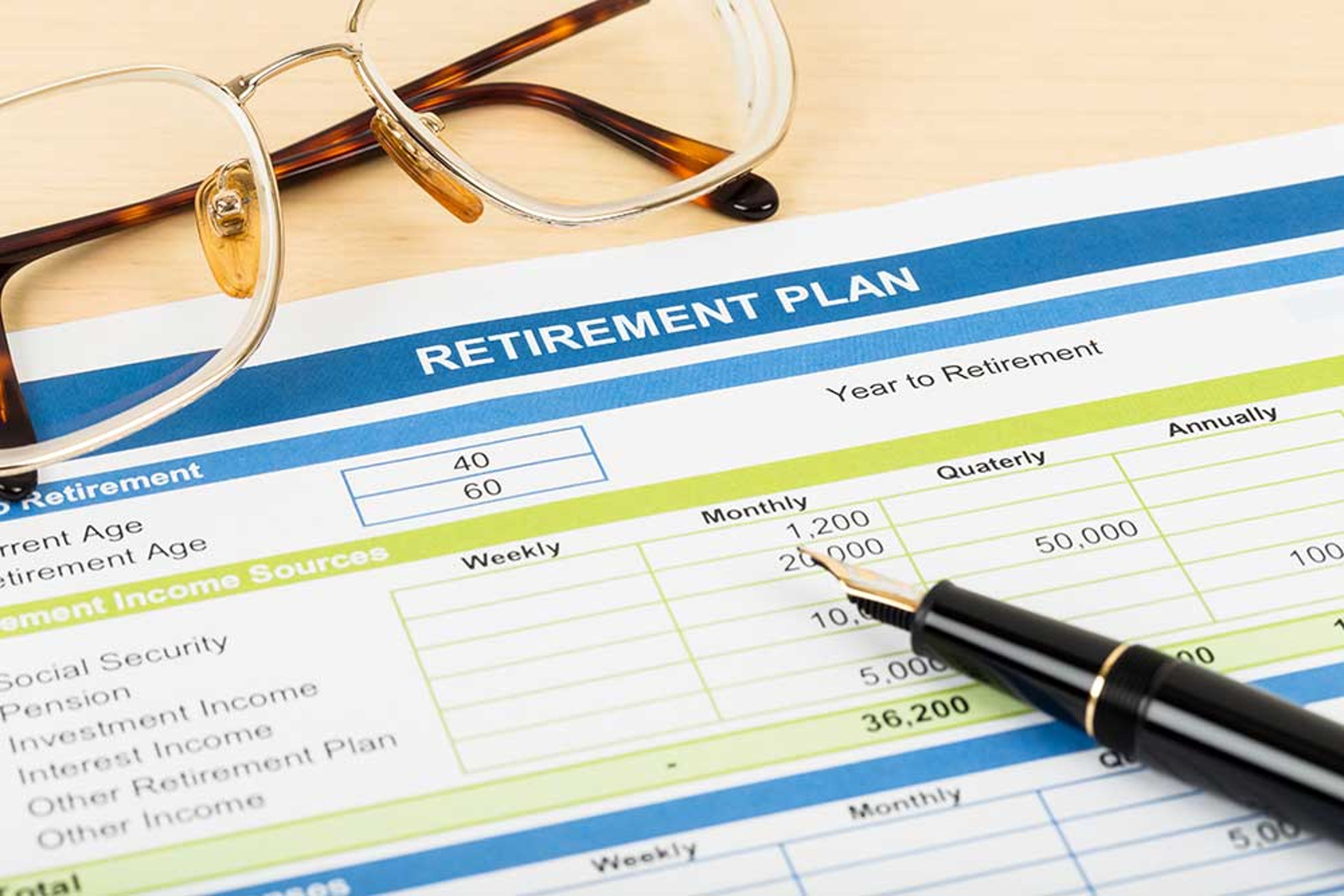Latest Posts
Your money should work for you.
Get the latest tips on how to plan for retirement and make better financial decisions.
Don't worry... we will NOT spam you!
With traditional pension plans becoming less common, the 401(k) remains one of the most accessible ways to save for retirement. Think about it—your contributions are deducted from your paycheck automatically, making saving effortless! Because of this, your 401(k) is most likely your biggest source of retirement savings; yet, over half of Americans don’t understand exactly how 401(k) plans work. Our goal is to change that. Here are five pieces of advice to consider when it comes to maximizing the benefits of your company’s retirement plan.
1. Contribute as early as you can.
Time is your biggest ally when it comes to investing. Given the nature of compound returns, you are losing money by not saving as early as you possibly can in your career. Starting early allows your savings to compound significantly over time.
2. At a minimum, always contribute enough for the match.
Employer contributions are essentially free money—don't leave it on the table! Matching contributions from your employer to your 401(k) account involve exactly that. If you aren’t taking advantage of your employer’s 401(k) match, take action now! Learn how your match works and at a minimum, set your contribution percentage to maximize your employer’s match. Don’t turn down free money!
3. Consider using the Roth option in your 401(k).
Hopefully, your 401(k) plan offers a Roth option. If it does, consider using this option instead of the traditional pre-tax option, especially in the early stages of your career, when you will likely be in a lower tax bracket than you will be later in your career. Roth contributions are made with “after-tax” dollars, will grow tax-free for life, and allow you to make tax-free withdrawals when you pull the money out in your retirement years.
4. Save as much as you can!
Nobody complains about having too much money for retirement. As of 2025, the IRS allows individuals under 50 to contribute up to $23,500 to their 401(k) plans. For those aged 50 and above, an additional catch-up contribution of $7,500 is permitted, bringing the total to $31,000. Notably, individuals aged 60 to 63 can make a higher catch-up contribution of $11,250, allowing for a total contribution of $34,750 during those years. We know that life happens and not everyone can max fund their retirement accounts. So, what’s a good target deferral rate? We recommend striving to get to 10% as early as you can in your career. Once you hit the target 10% deferral rate, consider contributing an additional 1% to 2% annually to coincide with any salary increases.
5. Stay on top of your investment risk.
Review your risk profile annually to ensure your asset allocation aligns with your risk profile. Your risk profile naturally changes as you age and approach retirement. In other words, be more aggressive in your investments early in your career and more conservative in your investments as you approach your retirement age. You don’t have to monitor your investment risk alone—many 401(k) plans offer target-date funds that automatically decrease the risk in your portfolio as you near retirement. Note that not all target-date funds are the same, so make sure you do a little research on the funds available in your plan to ensure they align with your risk tolerance.
To maximize your retirement savings, focus on three key principles: contribute as much as possible, take advantage of your employer’s match, and start saving early. The changes in employer-sponsored retirement plans over the years have shifted the burden of retirement savings from the employer to the employees, leaving your retirement in your own hands. Knowing that retirement savings involve a long-term perspective, don’t miss out on any opportunities for your money to work for you and grow over time.



